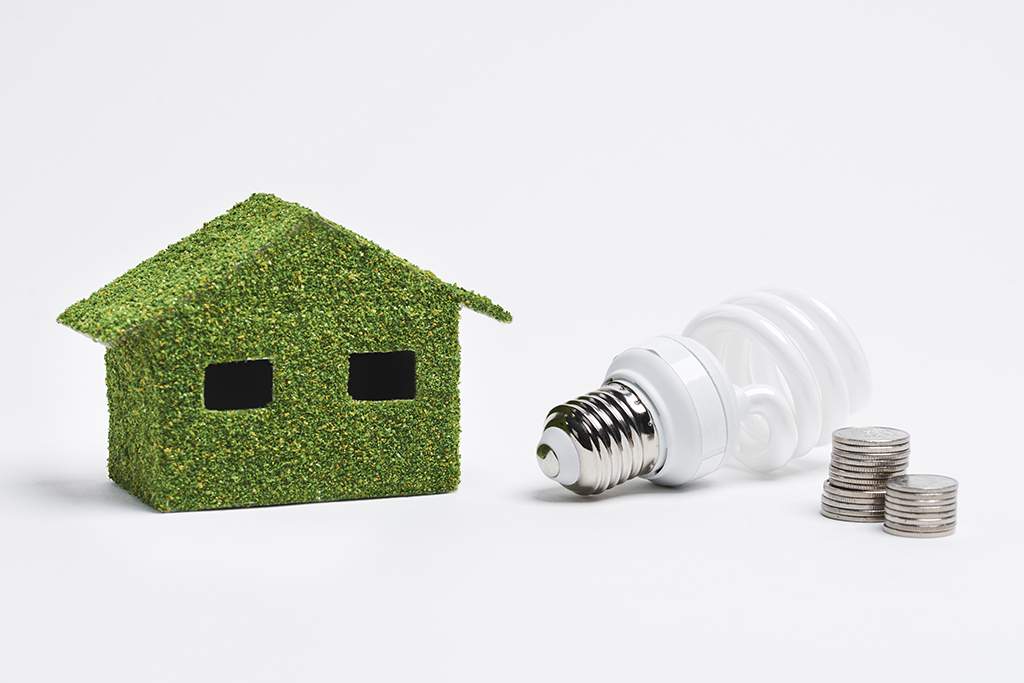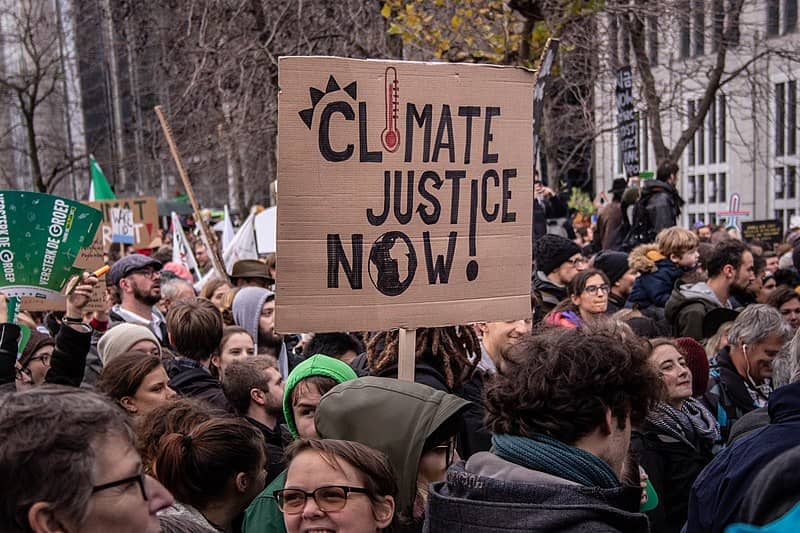
Climate Change and Poverty: The Devastating Impacts of Global Warming on the World’s Poor
Discover the interconnected challenges of climate change and poverty. Learn how rising sea levels, extreme heat, and floods disproportionately impact marginalized communities, and explore global initiatives like the UN and EU programs addressing climate adaptation and resilience. Together, we can combat the climate crisis and build a sustainable future for all.
The Devastating impact of climate change on people living in poverty is subject to their location.
Climate change and sea-level rise are already showing their impact on several countries and though climate change is an issue that affects us all, the poorest of the world and the marginalized community are disproportionately affected. Consider the small island nations like the Solomon Islands, Tonga, and Tuvalu, and countries in Southeast Asia.
These are the countries that are currently experiencing the brunt of climate change in the form of hotter temperatures, severe storms, rising sea levels, floods, and increased health risks, among other disasters.
Though certain impacts of climate change could play a bigger role in worsening the situation and pushing people into impoverished conditions, poorer communities are generally affected in one way.

The President of Tuvalu stood in the sea during his address at Glasgow COP26 to highlight the growing threat of rising sea levels in his home country (source: WMO)
How are Climate Change & Poverty Interconnected?
Scientists from the Woodwell Climate Research Center evaluated 105 countries and ascertained that populations belonging to the lower-income group might encounter the most significant impacts of climate change. The primary reason is their reliance on natural capital for their livelihood.
For instance: agriculture and fishery both of which are susceptible to the adverse impacts of global warming. Due to the lack of adequate financial resources, the poor are unable to adapt to the changing situation and are left undefended.
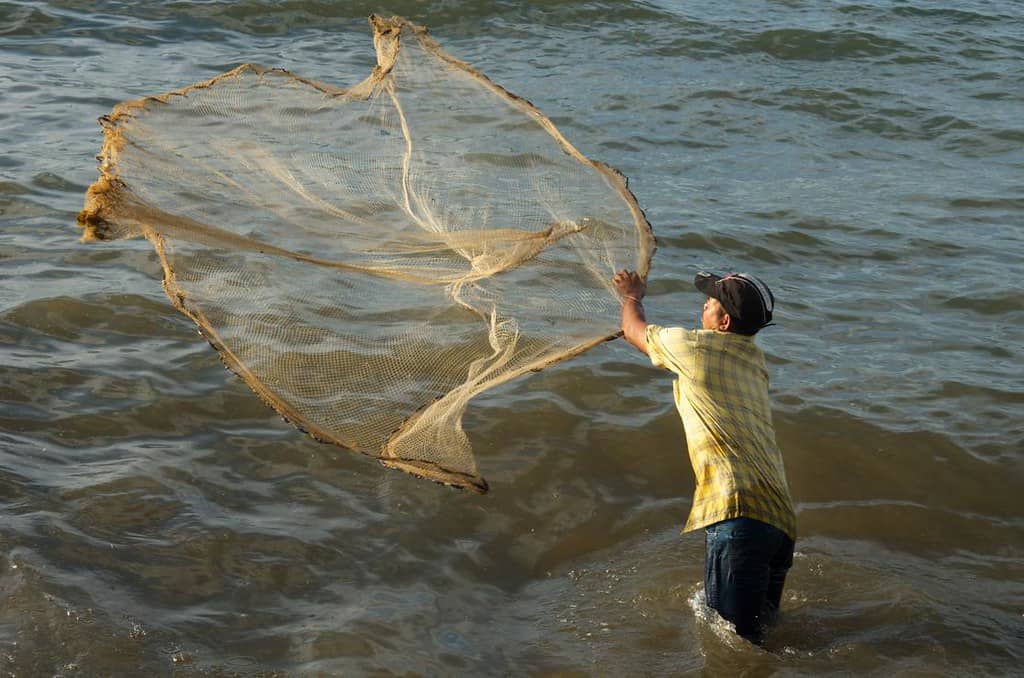
Coastal ecosystem are sensitive to climate change and affects the livelihoods of millions) (source: UNDP Climate)
For people living in poverty, the intense competition for resources like land and water and fluctuating weather are truly a matter of life and death.
Climate Change could push over 100 million people into poverty by 2030.
1. A surge in the volatility of the livelihood
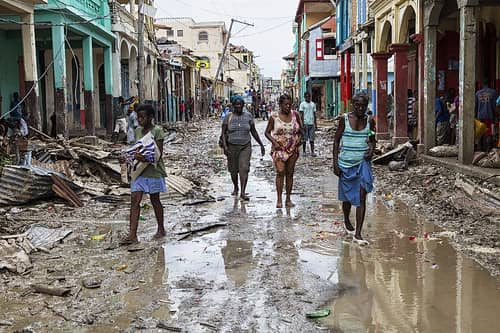
Can you guess which are the most cultivated crops in the world? If your guess includes wheat, corn, maize and rice, then, you’ve guessed it right. Unfortunately, there will be lesser yields of these crops by the end of this century. The reason is the ever-increasing temperature each year. And because of this, even crop volatility is anticipated to increase.
Owing to the impacts of climate change, experiencing crop failure in the chief agricultural regions has become a common occurrence. Although we have a stock of food grains in abundance for now, according to the reports of McKinsey & Company, by 2050, the annual possibility of a decrease in production is likely to increase to 20%. On the other hand, the chance of yield increasing by more than 10% in a given year is predicted to rise from 0 to 6%.
And it’s not only agriculture. Other occupations that depend on natural resources and ecosystems are also affected.
For instance, people living in the poorest places in the world like Timor-Leste and Haiti have little or limited financial resources to recover after disasters. Not only that, these countries have approximately 2.5 billion farmers, piscaries and herdsmen who directly depend on natural resources and climate both for livelihood and food.
The bottom line, is the poor communities that depend on nature for livelihood are likely to be gravely affected by the falling annual yield and failing crops.
The latest news on climate change-
2. Extreme heat and health crisis

The heatwaves have already claimed around 17,000 lives in the last 50 years, from 1971 to 2019 in India alone. With temperatures rising above 40 degrees Celsius in the plains, India is no stranger to heatwaves and its consequences. The Indian summer months frequently surpass the benchmark for survivability for any healthy individual.
Even with this scenario, the poorer will face the brunt of the changing climate due to the lack of necessary infrastructure needed to survive such conditions. With over half of the population estimated to be surviving without an air conditioner by 2030, the health and lives of many will be in peril.
But the situation is not just relevant in India. Countries worldwide are anticipated to lose the health and productivity of their population because of increasing humidity and heat as the global average temperatures increase to 1.5 and 3 degrees Celsius in several places by 2050.
By 2030, due to the increasing rate of emissions, around 160 to 200 million people are slated to experience such deadly heat waves. And the poorer would be left stranded without proper adaptation strategies.
3. More rains and the increasing flood risk
Climate change and destructive floods go hand in hand. Higher temperatures release more energy in the Earth’s system. Consequently, rising sea level water and air temperatures increase the possibility of evaporation and cloud formation. At higher temperatures, the air can hold more moisture content, causing an increase in precipitation intensity, duration and frequency – leading to more floods.
Everyone feels the devastating impacts of a flood, but they ring louder for the poor with the dishevelled infrastructural facilities, destroyed properties and the consequent loss of millions of lives.
Relating climate change to floods can be a little difficult to understand. Not only do the plethora of weather and human-related factors determine the extent of flooding, but limited data on past floods make it difficult to measure them against the climate-driven trends of floods today. While the warm temperature may not induce floods directly, it exacerbates many of the factors that do.
Studies reveal that approximately 85% of the poor urban areas in the city will be left unprotected against flood risk since the low-income group usually reside in inferior-quality houses with limited financial resources and no insurance. Recovering from a flood-induced natural disaster would undoubtedly be a struggle for this cluster of people.
To understand the situation, let’s refer to the effects of flooding in Ho Chi Minh City, Vietnam, the residence of 9 million people and 2 million migrant workers. Despite flooding being a common scenario in the country, the city-level analysis shows that the slum areas are more exposed to these disasters than other parts of the city.
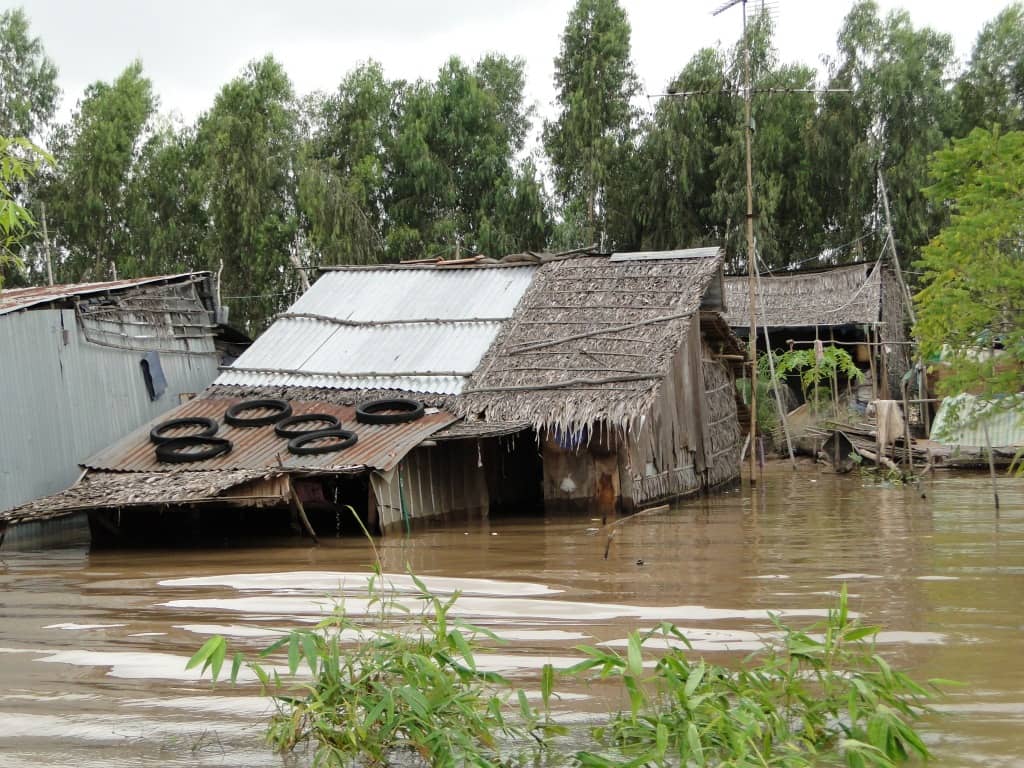
source: EU/ECHO
The most vulnerable communities often have few resources to mitigate these changes, which is why it’s so important that we take climate change seriously now more than ever before. With 9.3% of the world’s population living in extreme poverty without any means to adapt to the changing climate, the parity between the affluent and the impoverished is more glaring. Moreover, it is evident that climate change plays a significant role in further exacerbating these differences.
But what are the various countries doing to tackle the global climate change crisis?
The UN through its environment program is helping countries in the Asia Pacific region tackle climate change by providing crucial knowledge about climate change adaptation, integrating resilience in mountain ecosystems, and strengthening the technical and institutional capacities for National Adaptation Plan (NAP) among the least developed countries.
The EU has been capitalizing on the Green Climate Fund which was established in 2010 to support developing countries in reducing their greenhouse gas emissions and adapting to climate change.
Organizations like UNHCR in India address climate change and help climate migrants relocate refugee families to safer shelters and provide them with tents, plastic sheeting, sanitation equipment, and clean water. The organization plays a vital role in the global protection cluster for protecting and assisting people who are forcibly displaced inside their countries and cannot safely return home.
There is a dire need for communities to come together and combat climate change, reduce the risk of migration and avert the painful loss of lives.
Are you passionate about creating a more sustainable future? Join our sustainable brand community of like-minded individuals and learn about the latest news and innovations in sustainable development. Together, we can make a real difference on our planet

